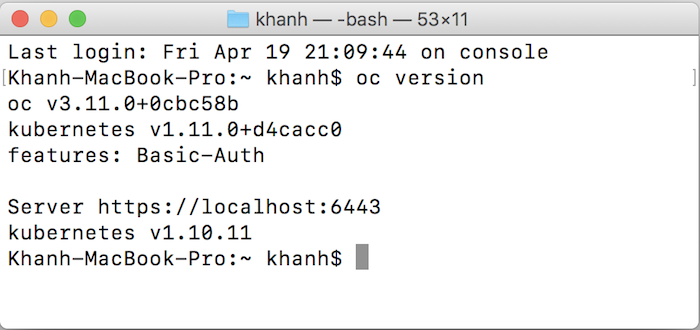
Nov 08 14:01:19 localhost.localdomain docker-current: time="T14:01:19.314271045+01:00" level=info msg="Graph migration to content-addressability took 0.00 seconds"

└─2769 /usr/bin/docker-current daemon -exec-opt native.cgroupdriver=systemd -selinux-enabled -log-driver=journald -insecure-registry 172.30.0.0 Loaded: loaded (/usr/lib/systemd/system/rvice enabled vendor preset: disabled)Īctive: active (running) since Mon 15:11:41 CET 20s ago rvice - Docker Application Container Engine.

Check its status with systemctl: sudo systemctl status docker To enable the Docker daemon, run these commands: sudo systemctl daemon-reloadĭocker should start running. INSECURE_REGISTRY='-insecure-registry 172.30.0.0/16' Enabling Docker in systemd # adding the registry to the INSECURE_REGISTRY line and uncommenting it. $ cat /etc/sysconfig/docker | grep INSECURE Although it’s easy to configure the daemon this way, it’s insecure. If you run the Docker daemon or set up a registry for anything other than personal testing, this process is not recommended.

This tells Docker to disregard security for your registry. One way to do this is to allow the INSECURE_REGISTRY option and add the IP address used by OpenShift. To run OpenShift together with Docker, modify the /etc/sysconfig/docker file. Next, install OpenShift: sudo dnf -y install origin docker-registry Configuring Docker to use OpenShift How to install Docker in Fedora, run these commands: sudo dnf -y install dockerįor more information on these steps, refer the Fedora Developer portal. This document covers the initial steps to play with Docker and OpenShift on your own system. Amazingly, you don’t even need to use an online service (free or not) to experiment with the process. Part of the process is deploying a Docker image to a registry. If you want to get your feet wet with Docker, you can easily do that with Fedora. Docker is currently one of the most popular ways to create and consume containers.

Nowadays containers are a hot topic for IT.


 0 kommentar(er)
0 kommentar(er)
